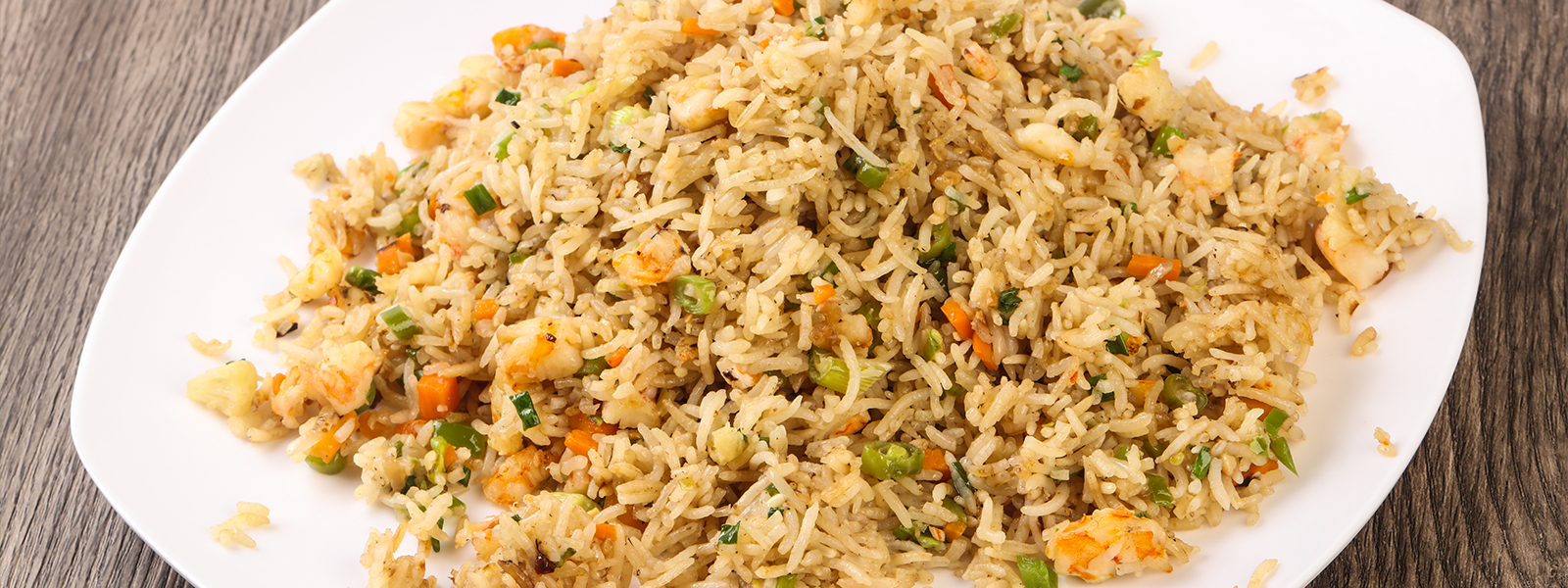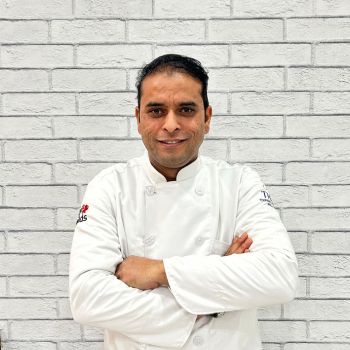

There’s something incredibly satisfying about a hot plate of restaurant-style fried rice, steamy, flavourful, and filled with the right mix of crunch and umami. Whether it's a simple veg fried rice recipe or a spicy Indo-Chinese rice bowl from your favourite street vendor, the dish continues to be a comfort food for all ages. But have you ever wondered how restaurants achieve that smoky flavour and perfect texture?
Good news! You don’t need a commercial wok or a fancy kitchen setup. In this guide, we’ll show you how to make fried rice just like your favourite restaurant, right from your home kitchen. And if you're passionate about culinary arts, TEDCO also offers hands-on training to help you master professional-level cooking techniques.
Pro tip: Searching for a top baking institute near me? Our programs combine expert training with hands-on experience.
Fried rice has become one of India’s most loved Indo-Chinese dishes. It’s quick, flavourful, and a great way to use leftover rice and veggies. From Chinese restaurants to roadside stalls, the popularity of fried rice is unmatched. What makes it truly addictive is its perfect balance of seasoning, crunchy vegetables, and smoky aroma.
Whether you're craving classic Chinese fried rice or spicy street-style fried rice, mastering the method can make your everyday cooking exciting.
To make restaurant-style fried rice, you don’t need exotic ingredients. Just focus on freshness and technique. Here’s what you’ll need:
Here’s a simple, no-fail method to cook fried rice that tastes just like your go-to Chinese takeaway:
Restaurants use pre-cooked and cooled rice for a reason—it holds shape and doesn’t turn mushy. If you’re using freshly cooked rice, let it cool down completely before stir-frying.
Fried rice is all about speed. Chop all vegetables uniformly and keep sauces ready, as cooking happens on a high flame.
Use a wok or a wide non-stick pan. Heat the oil until it starts to shimmer. Add garlic and stir-fry quickly to avoid burning.
Add vegetables in order of cooking time—carrots and beans first, then capsicum and cabbage. Stir-fry on high flame till veggies are slightly cooked but still crunchy.
Add the cooked rice and toss well. Pour soy sauce, vinegar, pepper, and salt. Mix everything gently but thoroughly to avoid breaking the rice.
Add spring onions and switch off the flame. Serve hot with chilli paneer, manchurian, or enjoy it solo.
At TGCA (Tedco Global Culinary Academy), students are trained to achieve professional textures and seasoning balance in fried rice and other Indo-Chinese dishes. Such hands-on practice helps them understand heat management, ingredient prepping, and batch cooking—all crucial for restaurant-quality results.
If you're serious about cooking professionally, enrolling in a structured course can accelerate your culinary journey. At TEDCO, students not only learn how to make fried rice and other Indo-Chinese favourites, but they also gain:
From recipe development to real-world restaurant simulation, their programs are ideal for anyone who wants to turn their passion for cooking into a career.
Learning how to make fried rice like a restaurant chef is all about timing, temperature, and taste balance. With the right ingredients and techniques, you can recreate your favourite Chinese fried rice, street-style fried rice, or veg fried rice recipe at home—no fancy setup needed.
Whether you're cooking for family, friends, or prepping for a culinary career, this dish never disappoints. And if you're planning to dive deeper into professional cooking, consider enrolling at TGCA, where such skills are taught, refined, and perfected. The world of food is waiting, start with fried rice!
Pro tip: If you're in the capital, our baking classes in Delhi are perfect for beginners and aspiring professionals alike.
Day-old rice holds its shape much better and doesn't turn mushy during stir-frying. Fresh rice contains excess moisture, making it sticky and clumpy when tossed at high heat temperatures properly.
Cooked day-old rice, mixed vegetables, soy sauce, garlic, spring onions, vinegar, pepper, salt, and cooking oil. Optional additions include scrambled eggs, chicken, paneer, or MSG for authentic restaurant flavor enhancement.
Use high heat with a wok or wide pan, toss ingredients continuously, and avoid overcrowding. Cook quickly on maximum flame while keeping vegetables slightly crunchy for authentic smoky restaurant taste.
Prepare all ingredients beforehand, use day-old rice, cook on high heat, toss continuously without breaking rice grains, and add oil for glossy finish. Never overcrowd the pan during cooking.
Yes! Try veg fried rice with mixed vegetables, egg fried rice with scrambled eggs, chicken version with shredded meat, or spicy street-style with extra sauces and seasonings for endless variety.

Pastry Instructor
Click one of our representatives below to chat on WhatsApp or send us an email to
info@tedcoeducation.com
Counselor
Bakery and Pastry Courses
Counselor
Culinary Arts Courses
Click one of our representatives below to chat on WhatsApp or send us an email to
info@tedcoeducation.com
Counselor
Bakery and Pastry Courses
Counselor
Culinary Arts Courses